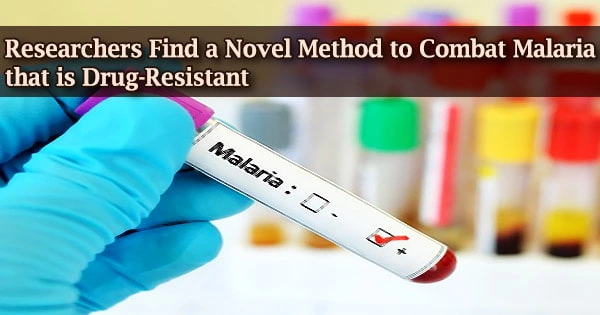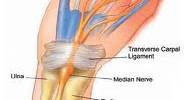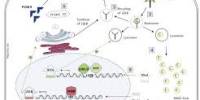As the effectiveness of conventional antimalarial medications wane, a novel strategy to tackle malaria that causes the illness to turn against itself may provide a viable cure for the hundreds of millions of people affected worldwide each year.
An anti-malarial substance, ML901, has been found thanks to research headed by the University of Melbourne that was published today in Science. This substance inhibits the malaria parasite without damaging the cells of either humans or other mammals.
The ML901 molecule, according to co-lead author Professor Leann Tilley of the University of Melbourne’s Bio21 Institute, effectively made the parasite the agent of its own destruction, supporting its potency and selectivity.
Through the bites of female Anopheles mosquitoes carrying the parasites that cause malaria, people can contract this potentially fatal illness. It can be avoided and treated. A disproportionately large amount of the worldwide malaria burden is placed on the WHO (World Health Organization) African Region.
95 percent of malaria infections and 96 percent of malaria deaths occurred in the area in 2020. Eighty percent or more of all malaria deaths in the region occurred in children under five.
“ML901 works by an unusual reaction-hijacking mechanism,” Professor Tilley said.
“Imagine a stealth weapon that can be used to launch a self-destruct attack on your vehicle slamming on the brakes and cutting the engine. ML901 finds a particular chink in the machinery that the malaria parasite uses to generate the proteins needed to reproduce itself and stops it doing so.”
“While there is much work to be done to fine-tune what we’ve discovered, these results are really encouraging in the search for new antimalarials.”
Nearly half of the world’s population would be at danger from malaria in 2020. Infants, young children, pregnant women, persons with HIV/AIDS, as well as people with low immunity going to places with high malaria transmission rates, such as migrant workers, mobile populations, and travelers, are at significantly increased risk of getting malaria and developing severe disease.
Imagine a stealth weapon that can be used to launch a self-destruct attack on your vehicle slamming on the brakes and cutting the engine. ML901 finds a particular chink in the machinery that the malaria parasite uses to generate the proteins needed to reproduce itself and stops it doing so. While there is much work to be done to fine-tune what we’ve discovered, these results are really encouraging in the search for new antimalarials.
Professor Leann Tilley
Tests were carried out utilizing molecules provided by Takeda during the partnership with Medicines for Malaria Medicine, the top international organization for antimalarial drug development and research labs across five continents, during which the ML901 chemical was identified.
As soon as ML901 got into the parasite, it linked to an amino acid and started attacking the protein production system from the inside, which quickly brought the parasite to a grinding halt. Human cells are resistant to ML901 attacks due to their molecular makeup.
The scientists discovered that ML901 killed malaria parasites that were resistant to medications already in use and exhibited quick and extended activity leading to excellent parasite killing in studies using both human blood cultures and an animal model of malaria.
According to Professor Tilley, the molecule demonstrated that it was effective against all phases of the lifecycle, indicating that it might be used both to cure and prevent malaria.
“It also shows potential for preventing infected people from transmitting the disease to others, which is critical to stop the spread of malaria.”
Over 600,000 people die from malaria each year in Africa and Southeast Asia, where at least 200 million new cases are annually detected.
Ever-rising antimalarial medication resistance over the past 50 years has created an imminent problem that urgently requires new treatments.
According to Professor Tilley, the team was prepared to explore the development of fresh pharmacological options for treating malaria as a result of these discoveries.
“We believe this is just the beginning. We now have the possibility of finding drugs, similar to ML901, that target a range of deadly infectious diseases, including multi-drug resistant bacterial infections. The work opens up several new drug discovery avenues.”
















